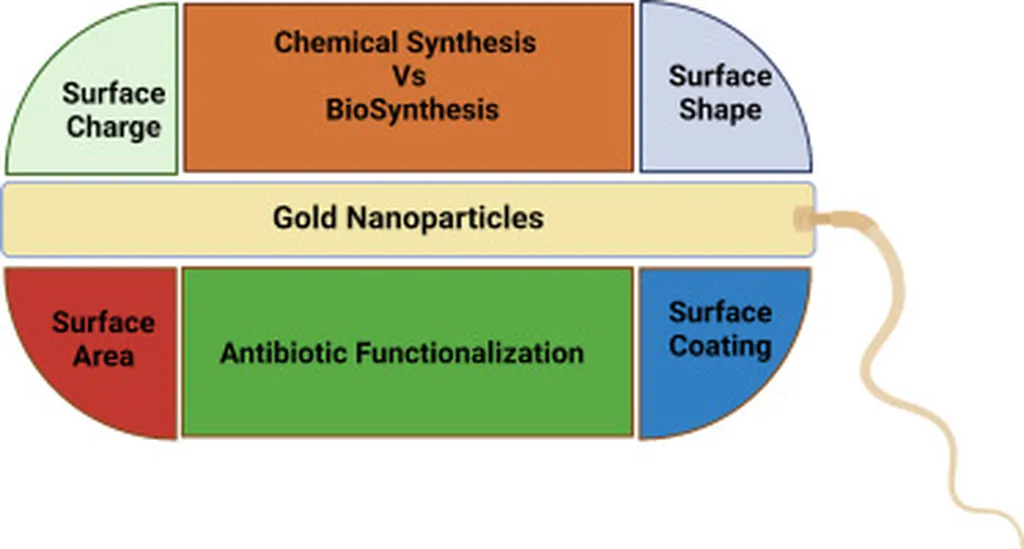In the relentless battle against antimicrobial resistance (AMR), a formidable global health challenge, researchers are turning to innovative technologies to stay ahead. A recent study published in *Materials Research Express* (translated as “Materials Research Express”) offers a promising approach, harnessing the power of machine learning to predict the antibacterial efficacy of gold nanoparticles (AuNPs). This research, led by Priya Mary from the International School of Photonics at Cochin University of Science and Technology in Kerala, India, could revolutionize the way we develop and optimize antibacterial agents, with significant implications for various industries, including energy.
The study addresses a critical gap in the development of AuNPs as antibacterial agents. Traditionally, optimizing the physico-chemical properties of these nanoparticles and experimental parameters has been a resource-intensive and time-consuming process, often relying on trial and error methods. Mary and her team sought to streamline this process using machine learning techniques to predict the Zone Of Inhibition (ZOI), a measure of antibacterial efficacy.
The researchers employed various machine learning regression models, with ensemble methods proving particularly effective. The Voting Regressor, which combines the predictions of three base estimator models—eXtreme Gradient Boosting (XGBoost), Light Gradient Boosting Machine (LightGBM), and CatBoost—demonstrated superior accuracy. “The ensemble models captured a substantial proportion of the variance in the dependent variable and learned from the underlying complex and non-linear features,” Mary explained. This enhanced predictive accuracy is a significant step forward in the field.
Moreover, the team utilized SHapley Additive exPlanations (SHAP) analysis, an Explainable Artificial Intelligence (XAI) technique, to gain further insights into the predictions. This analysis revealed that while core size, dose, and shape are predominant features determining the ZOI prediction, the marginal contribution of these features can vary significantly across samples. “This research streamlines AuNP antibacterial studies by reducing experimental redundancy, saving time and resources, and elucidating factors influencing antibacterial efficacy,” Mary noted.
The implications of this research extend beyond the laboratory. In the energy sector, for instance, the development of effective antibacterial agents is crucial for maintaining the integrity of water treatment systems, cooling towers, and other infrastructure prone to bacterial contamination. By reducing the time and resources required to optimize AuNPs, this research could accelerate the development of new antibacterial agents, enhancing the efficiency and reliability of energy systems.
Furthermore, the use of machine learning in this context highlights the potential of data-driven approaches to tackle complex scientific challenges. As Mary and her team have demonstrated, these techniques can provide valuable insights and streamline the development process, paving the way for future advancements in the field.
In conclusion, this research represents a significant step forward in the fight against antimicrobial resistance. By harnessing the power of machine learning, Priya Mary and her team have developed a more efficient and effective approach to optimizing the antibacterial properties of gold nanoparticles. As the energy sector and other industries continue to grapple with the challenges posed by bacterial contamination, this research offers a promising solution, highlighting the potential of data-driven approaches to drive innovation and progress.

